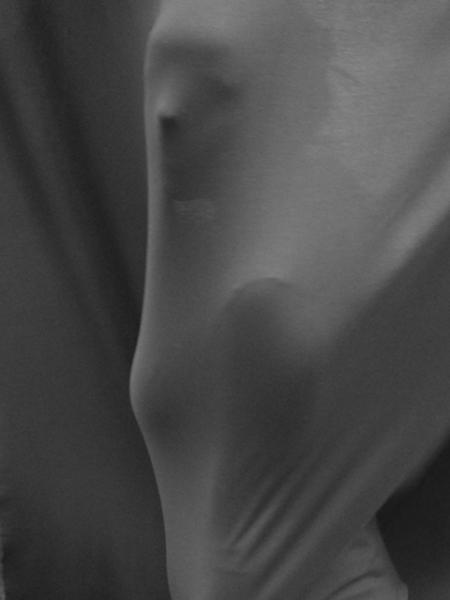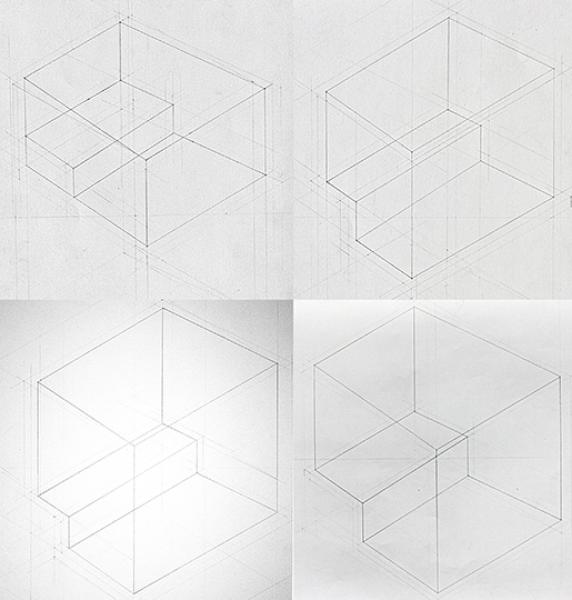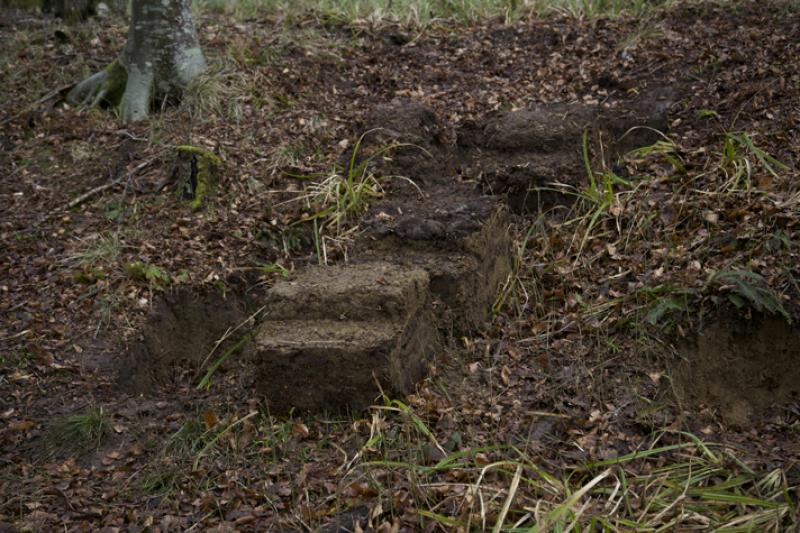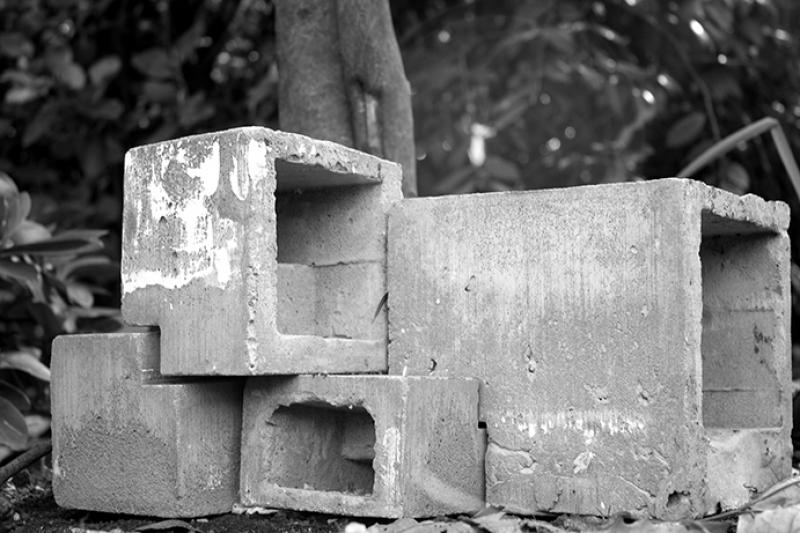This year, I investigated the outline of human forms through a set of imprints, along with looking at the Parisian colour palette, utilising the typical pavement stones observed during my stay in the French capital. Paralleling this, I worked to understand the relationship between sound and space, especially focusing on volumes within a xylophone resonation box, which I used as a prompt.
However, my focus during the year evolved into an evaluation of sounds. Music cannot be restricted to ideas of entertainment or distraction. It is a language, composed of countless sounds that translate emotions, stories, landscapes… or even architecture.
Pursuing this concept, I found music to be both a means of communication and description, applying its potential to an architectural façade. To test this idea, I chose the Georgian architecture of the AA façade; developing a way of scoring buildings 32 to 39 Bedford Square. The score is based on seven distinctive features, based on the A to G score, substituting traditional musical notes with small windows, larger windows, top level windows, chimneys, doors, the arch of 39 and the pediment of 32. I then used the rails to formulate a link between the notes. As a visual support to the musical piece, I built a wooden model of the AA that is lit from behind, which I filmed to create a stop motion video.
From this project, I attempted to describe the movement within the AA. By filming the buildings from 8 to 10pm, I documented the lights switching on and off and used these lighting traces to compose a score. Together these scores comprise a musical understanding of the AA: its architecture and its inhabitation.





